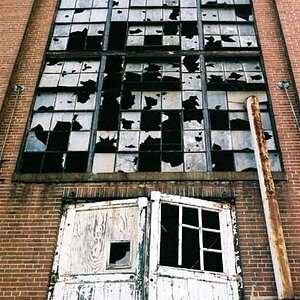Olympus E300
TPF Noob!
- Joined
- Nov 22, 2009
- Messages
- 345
- Reaction score
- 12
- Location
- Ste.Anne, Manitoba, Canada
- Website
- www.fsharpphotography.ca
- Can others edit my Photos
- Photos OK to edit
Hey gang. When I had my Olympus E-3, I had the 2X teleconverter. I thought that I would use it a lot in conjunction with my 70-300mm lens for wildlife stuff but I found that it slowed down my lens so much, that I found it troublesome. In the end, I didn't use it as much as I thought I would have and sold it. Now I'm on the Canon band wagon and again I have found myself with a 70-300mm lens and again I find myself interested in a 2x teleconveter. My questions for those of you who use this piece of kit are as follows :
Cheers!
- Daniel
- How many f-stops might I expect to lose with Canon's EF 2X II Extender?
- Do you use yours as often as you thought you would?
- How much quality (sharpness, ect) is lost while using one?
- What would you pay for one when looking to buy used?
- What are the main differences between the MKII and the MKIII?
Cheers!
- Daniel
Last edited:







![[No title]](/data/xfmg/thumbnail/31/31040-9f6a7dd3ec0ea7b0db21f0da24ff9176.jpg?1619734582)





